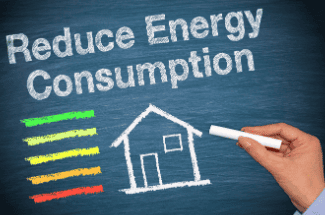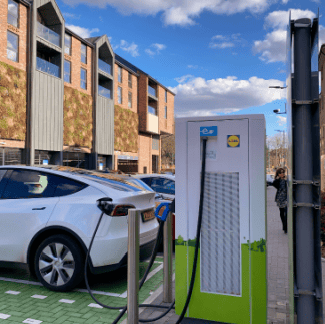Go Green… Or Else
 come from biofuel sources by 2010 — a mandate as ill-considered as it was premature.
come from biofuel sources by 2010 — a mandate as ill-considered as it was premature.Although this kind of criticism is widespread, most Europeans seem to be taking the new edict with docile resignation. This is hardly an endorsement, however, and Congress would be ill-advised to follow in the footsteps of the EU’s ban, with its implicit endorsement of a competing technology (compact fluorescent lamps, which carry their own environmental risks) and the unavoidable appearance of government pandering to narrow corporate interests.
Rather than handing down arbitrary decrees on what sort of hardware people can and cannot install in their own homes, Americans would be better served by the creation of a rational, performance-based energy conservation policy — one that would mandate energy budgets and declare, in essence:
“Americans, we must become more responsible consumers of energy. Therefore we are mandating energy consumption limits that are reasonable and fair. There are many ways to comply with these limits, some easy, some not, but how you choose to comply is entirely up to you.”
If such a policy sounds impossible to enforce, note that the mechanism has already long existed, and that it runs quite smoothly, thank you. California’s Title 24 energy code, for instance, has mandated minimum levels of energy efficiency in building construction since 1978, yet it still manages to provide a great deal of latitude in how the standards are met. Most states today have similar legislation.
Few would dispute that the incandescent lamp, which has seen little fundamental change since Thomas Edison perfected it 130 years ago, is a product whose time has passed for all but a few special purposes. Yet given the many less draconian means available to discourage its use, it’s neither advisable nor necessary for Congress to insert itself into the issue.
Incandescent lamps are, after all, just one minor facet of America’s profligate energy use. What’s needed is not a scattering of arbitrary edicts, but rather one intelligent plan.
Next time: A closer look at the incandescent lamp’s heir apparent, the compact fluorescent lamp.
Copyright 2009 Arrol Gellner















 Accessibility
Accessibility